Did you know that we all have haemorrhoids (piles)?
Yes, that is right. We all have piles.
A pile is normally a pillow-like cluster of veins in the rectum and anal canal which help us to control movements of the bowels and bladder (continence).1
When these veins become swollen and distended (inflamed), we call the condition piles. The usual causes for piles are constipation, straining when going to the toilet, and pregnancy.1,2
There are internal piles which occur inside the rectum and external piles which appear on the outside around of the anus.1

How do I know if I have piles?
You may have piles if you experience any of the following symptoms:3,4

Bleeding when passing stools

Pain and itching
around the anus
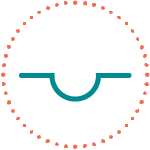
Painful bulging tissue around
the anus, or protruding out of the anus

Leaking mucus or faeces from the anus
You may not experience all these symptoms, but if you do notice any of these signs, it would be best to speak to your healthcare professional.
How do I prevent and treat piles?1
Change your lifestyle:
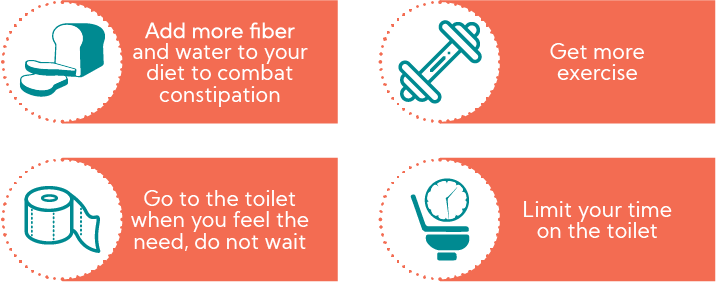
Treating the problem:
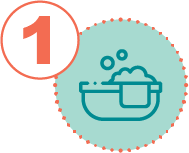
Regular sitz baths:
- A bath in which only the buttocks and hips are immersed in water.
- Soak the area in warm water for 10-15 minutes.
- Pat the area dry afterwards to prevent more itching, but do not wipe hard.
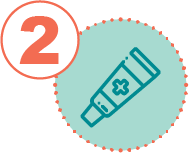
Topical treatments:
- Over the counter products contain local anaesthetics to help relieve the pain and itching.
- Products available on prescription contain local anaesthetics and a corticosteroid which help to reduce not only the pain, but also the inflammation and swelling as primary symptoms.
- Although these products are very effective, they may only be used for short-term treatment.
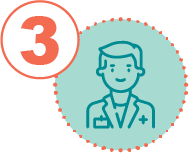
If no improvement:
- If the pile does not clear up, or becomes worse, you may need it to be removed by a doctor.
- Click here to find a doctor near you.
No need to hush anymore...
Using an ointment and suppositories to treat both external and internal symptoms provide rapid relief of pile symptoms.1


